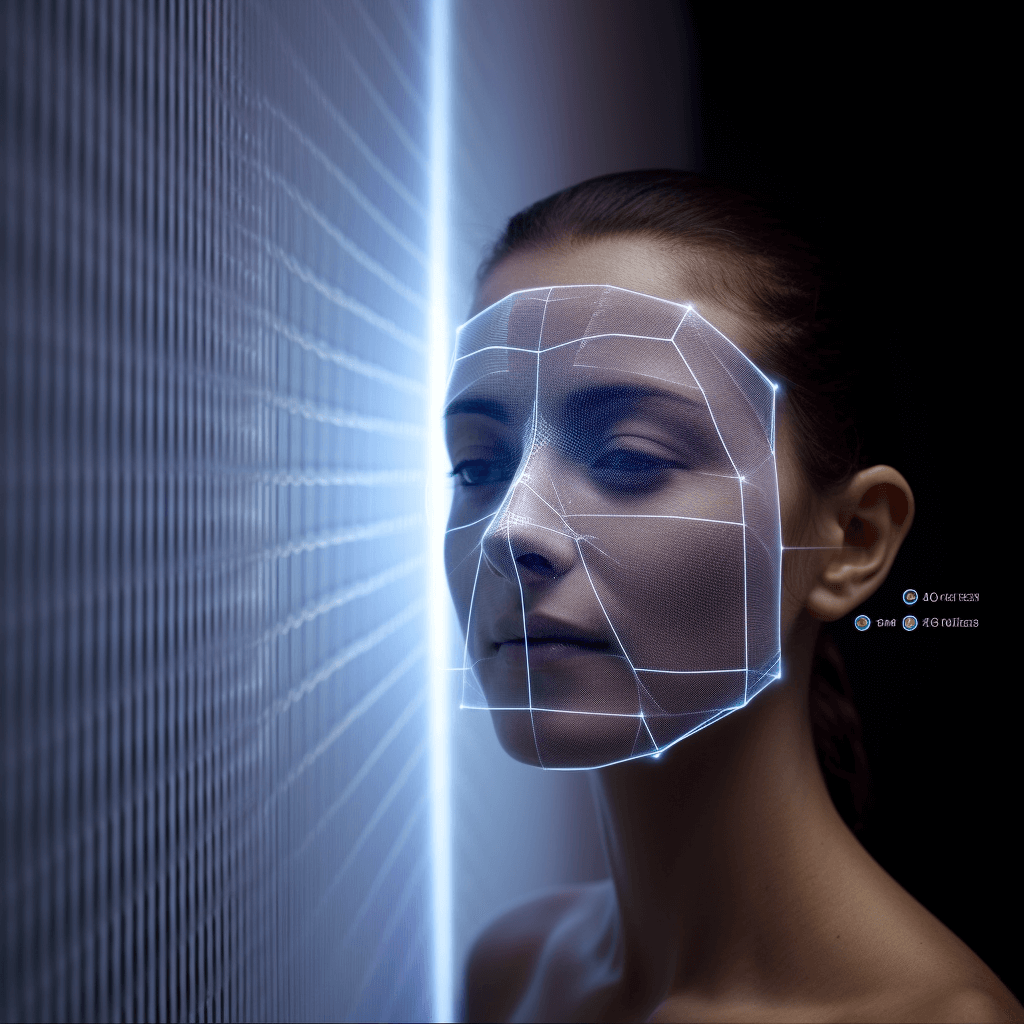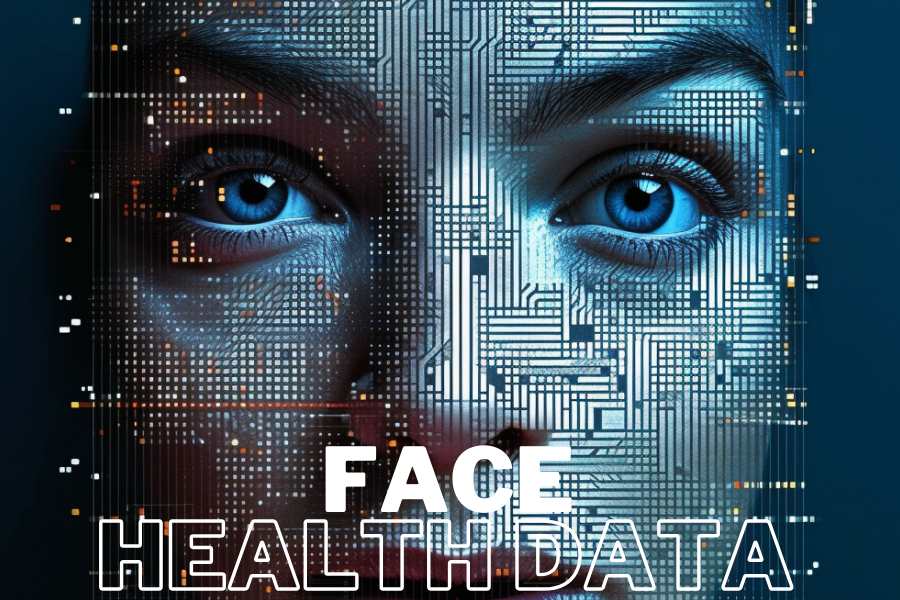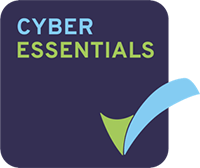Introduction
In an era of digital transformation, healthcare is rapidly evolving, and remote health monitoring is becoming increasingly prevalent. One groundbreaking advancement in this field is the ability to extract vital signs from facial scans. VastMindz, a pioneering company in this space, uses photoplethysmography (PPG) technology to achieve this feat. In this article, we will explore the science behind extracting vital signs from the face, address technical aspects, and provide answers to frequently asked questions (FAQs).
The Science of Extracting Vital Signs From Facial Scans
Photoplethysmography (PPG)
Photoplethysmography is a non-invasive technique that measures blood volume changes in the microvascular bed of tissue. Traditional PPG involves attaching sensors to various parts of the body, such as fingers, ears, or toes, but VastMindz utilizes advanced computer vision algorithms and cameras to capture these changes in facial microvasculature, making it a painless and convenient way to monitor vital signs.
The Facial Pulse

Facial Pulse, reveals vital signs from facial scans
The human face boasts a rich blood vessel network, providing an ideal canvas for PPG analysis. As the heart pumps blood, it generates a pulse that travels through the circulatory system. Minute variations in blood volume, reflected in the face’s microvascular tissues, can be detected through color and intensity of light. VastMindz’s technology leverages these changes to accurately measure key vital signs.
Vital Signs from Facial Scans
Heart Rate (HR)
VastMindz’s technology can accurately determine heart rate by tracking changes in blood flow in facial blood vessels. This real-time heart rate monitoring is achieved through sophisticated algorithms that process the dynamic data obtained from facial scans.
Blood Pressure (BP)
While not a complete substitute for traditional blood pressure cuffs, VastMindz’s facial scans can estimate blood pressure by analyzing the strength and timing of the pulsatile wave in facial microvasculature. This estimation relies on complex data analysis and calibration.
Respiration Rate
The technology observes changes in skin color and texture due to variations in blood flow to accurately determine an individual’s respiration rate. This is a result of precise data processing and pattern recognition algorithms.
SpO2
By analyzing subtle color changes in the user’s skin, particularly in regions like the lips and the area around the eyes, VastMindz’s system can accurately estimate the oxygen saturation levels in the blood. This non-invasive method offers a convenient and efficient way to monitor SpO2 without the need for traditional, uncomfortable sensors, providing a seamless and accessible solution for healthcare and wellness applications.
HRV – Heart Rate Variability
VastMindz’s innovative facial scan technology harnesses advanced facial recognition and AI algorithms to extract Heart Rate Variability (HRV) data from a facial scan. By closely examining minute variations in facial blood flow, the system can derive insights into the user’s HRV. It does this by measuring the time intervals between each heartbeat, which provides a valuable indicator of autonomic nervous system activity. This non-intrusive and convenient method for HRV assessment can be instrumental in health and wellness applications, offering users a seamless way to monitor their physiological well-being through facial scans.
Frequently Asked Questions (FAQs)
Q1: How does VastMindz ensure the accuracy of vital sign measurements from facial scans?
A1: VastMindz’s technology utilises advanced computer vision and machine learning algorithms to process data from facial scans. These algorithms have been rigorously tested and calibrated to ensure accuracy in vital sign measurement.
Q2: Can this technology be used for individuals with different skin tones?
A2: Yes, VastMindz’s technology is designed to work across a wide range of skin tones. The algorithms are trained on diverse datasets to ensure accuracy for all individuals.
Q3: How does VastMindz protect the privacy of users when using facial scans for health monitoring?
A3: VastMindz is committed to safeguarding user privacy. Data is encrypted and stored securely, and all measures are taken to comply with relevant privacy regulations.
Q4: What types of devices are compatible with VastMindz’s technology?
A4: VastMindz’s technology can be integrated into a variety of devices, including smartphones, webcams, and dedicated health monitoring equipment.
Q5: Are there any potential limitations to this technology?
A5: While facial scans offer a convenient and non-invasive way to monitor vital signs, it may not replace the need for traditional medical assessments in all cases. The technology is most effective when used for continuous monitoring and early detection of health issues.
Conclusion
VastMindz’s use of photoplethysmography to extract vital health signs from facial scans represents a significant leap forward in the future of remote healthcare. The convenience, accuracy, and early detection capabilities of this technology have the potential to revolutionize healthcare monitoring. As remote healthcare becomes an integral part of our lives, innovations like this will play a pivotal role in improving healthcare outcomes, reducing costs, and enhancing the overall patient experience, while addressing the technical and privacy concerns with utmost diligence. To learn more about our solutions contact us to get a demo.


